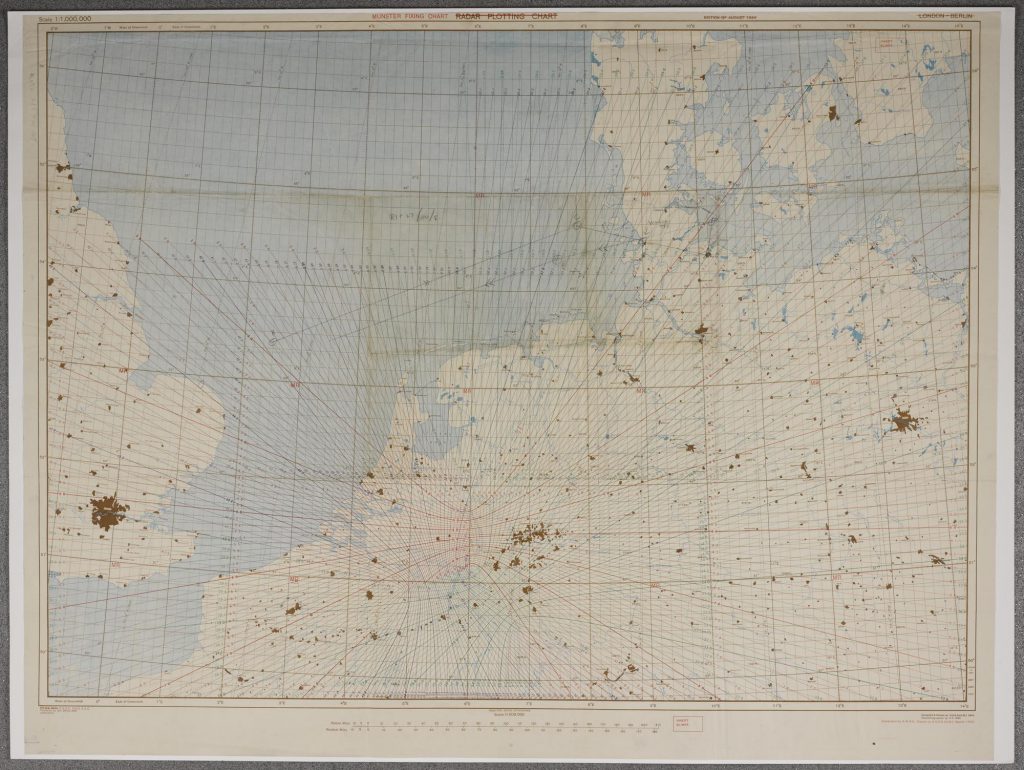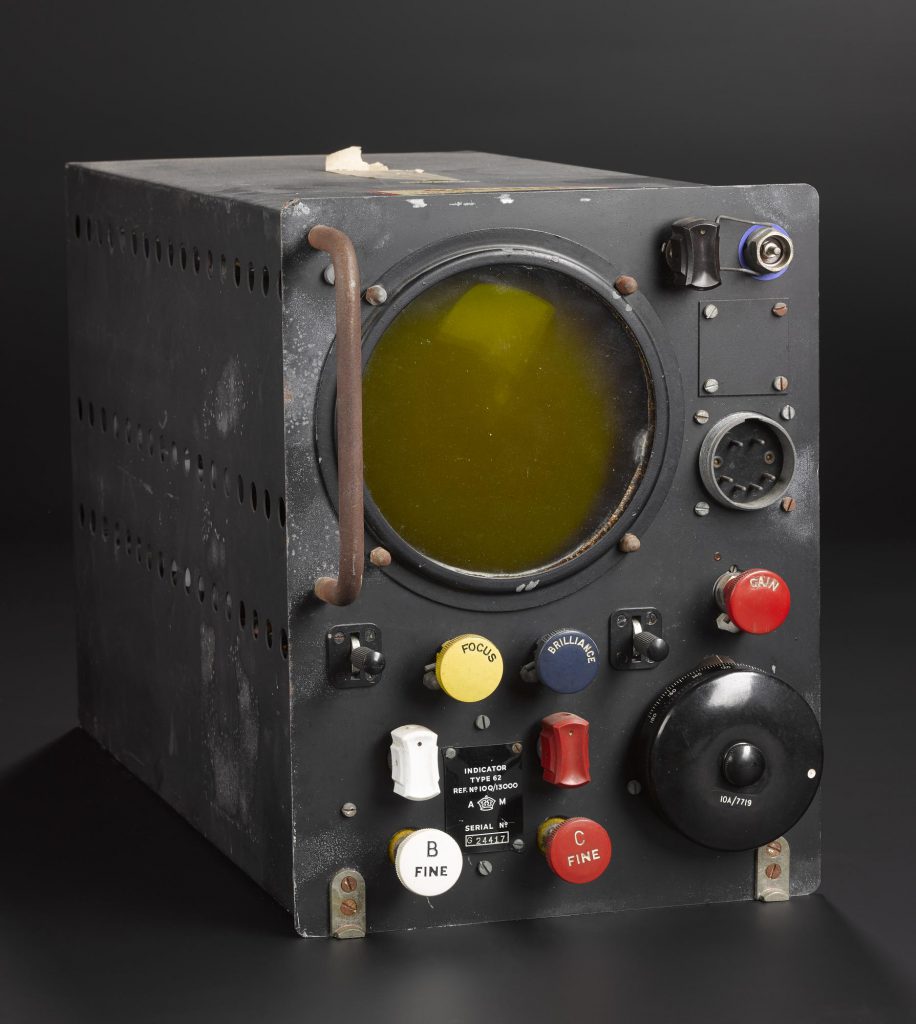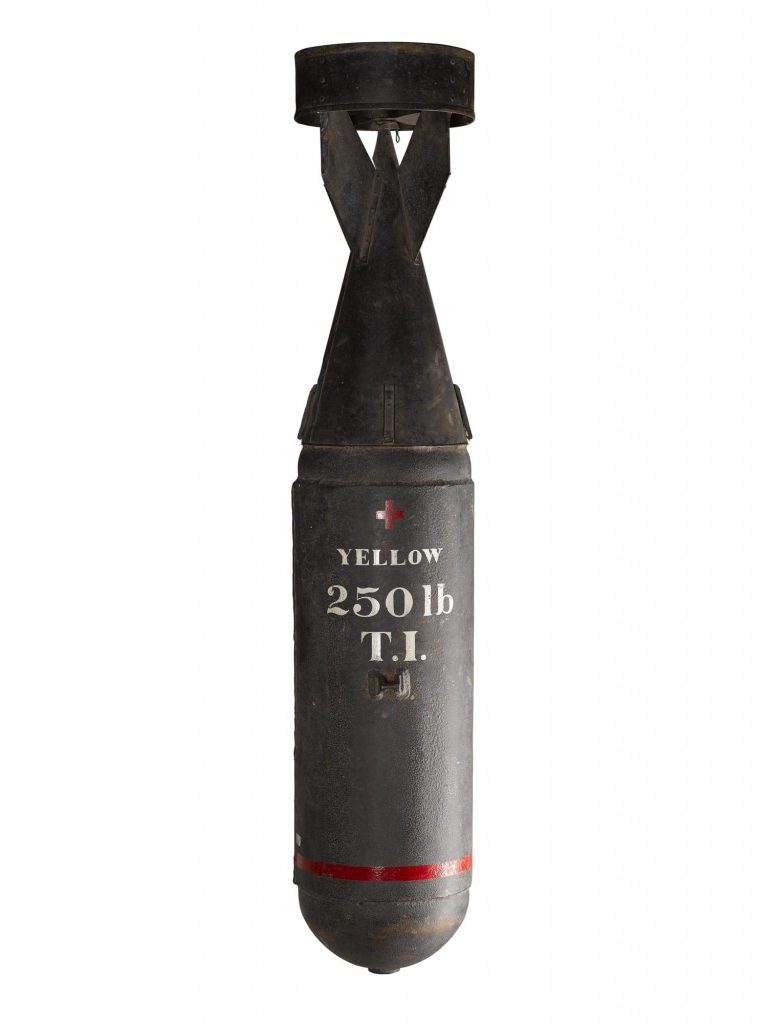Every object at the National Museum of Flight tells a story, from the largest aircraft to the smallest pin badge. One particular object tells a timely story, a ‘Gee’ chart used on the last Bomber Command raid of the Second World War. The attack on Kiel on the night of 2/3 May, 75 years ago, was carried out by 126 de Havilland Mosquito bombers in two waves, and the chart is marked in pencil with the route the aircraft took to and from the target.

The chart itself was used by the navigator in an aircraft to calculate their position. It worked by showing the lines of equal signal strength from ground radio stations. This produced a grid of parabolic lines which allowed for accurate calculation of an aircraft’s location over a blacked-out Continental Europe. Displayed beside the chart in the Military Aviation hangar at the museum is a Gee indicator, the equipment in an aircraft which displayed the signals from the ground stations, allowing the navigator to use the chart to calculate their position.

One additional object links to the story told by the Gee chart and Gee indicator. On the chart, on the pencil line showing the route to the target taken by the attacking bombers, as they crossed the German coast, there is a notation that states “Yellow TI’s,” which refers to the yellow target indicators dropped by pathfinders to mark where the main bomber force should drop its bombs. Fortuitously, the museum already had a target indicator in the collection, which just happened to be yellow. With this obvious connection to the chart, it was an easy decision to include the target indicator in the displays. Although the National Museum of Flight is currently closed to visitors, the linked stories told by these three objects can still be appreciated virtually. Once the museum re-opens, do please take the opportunity to visit and view these objects for yourself.
